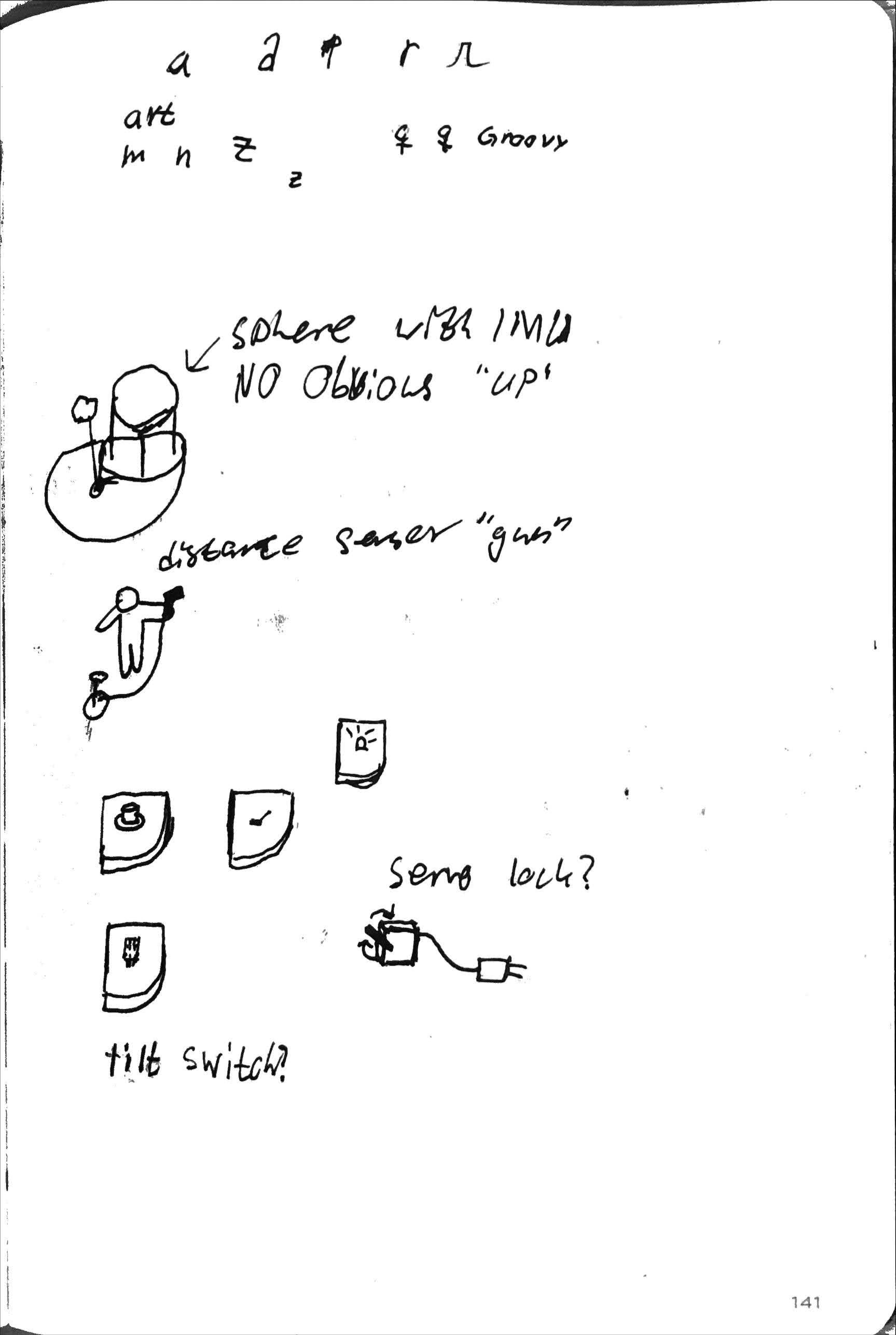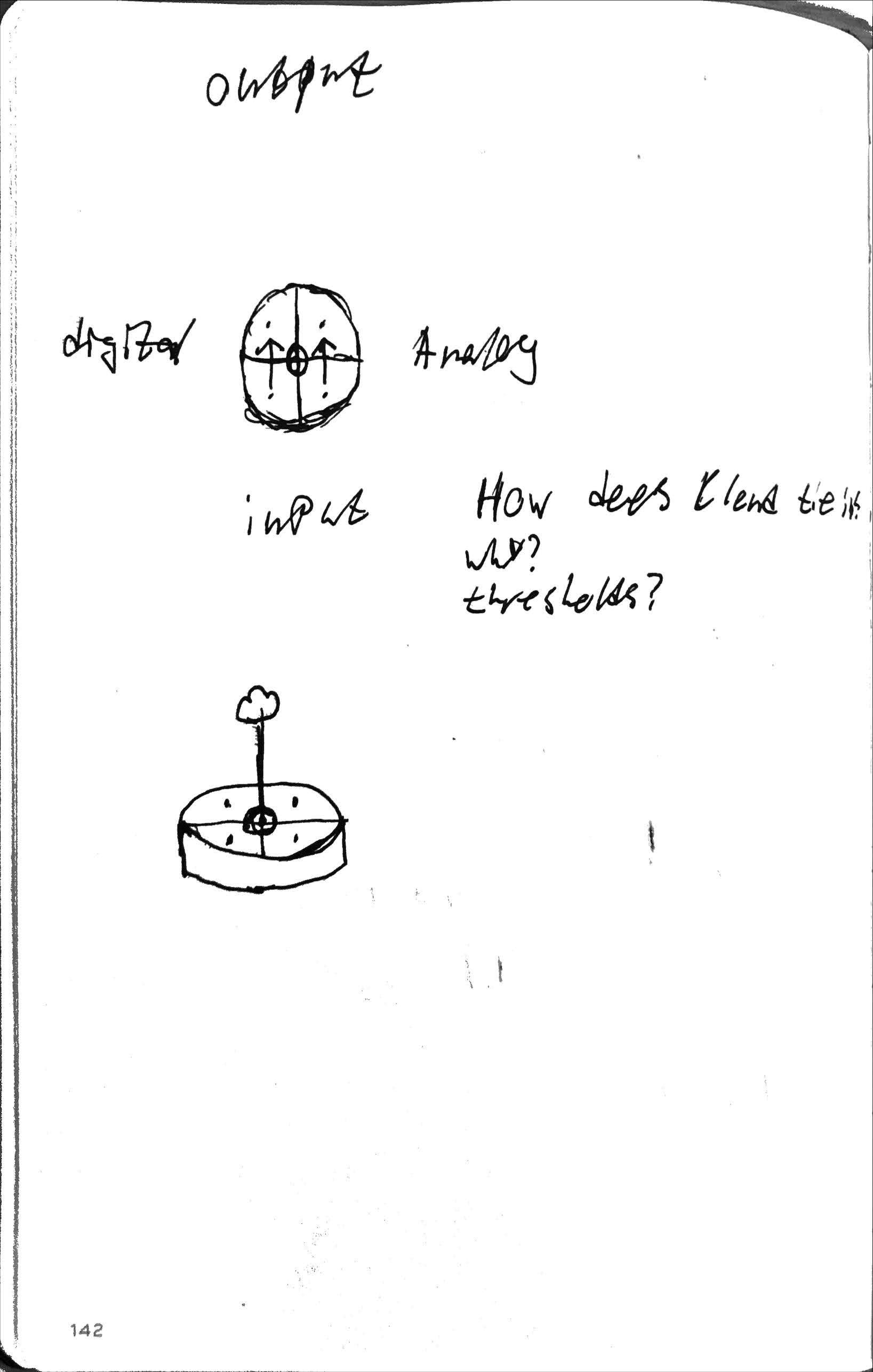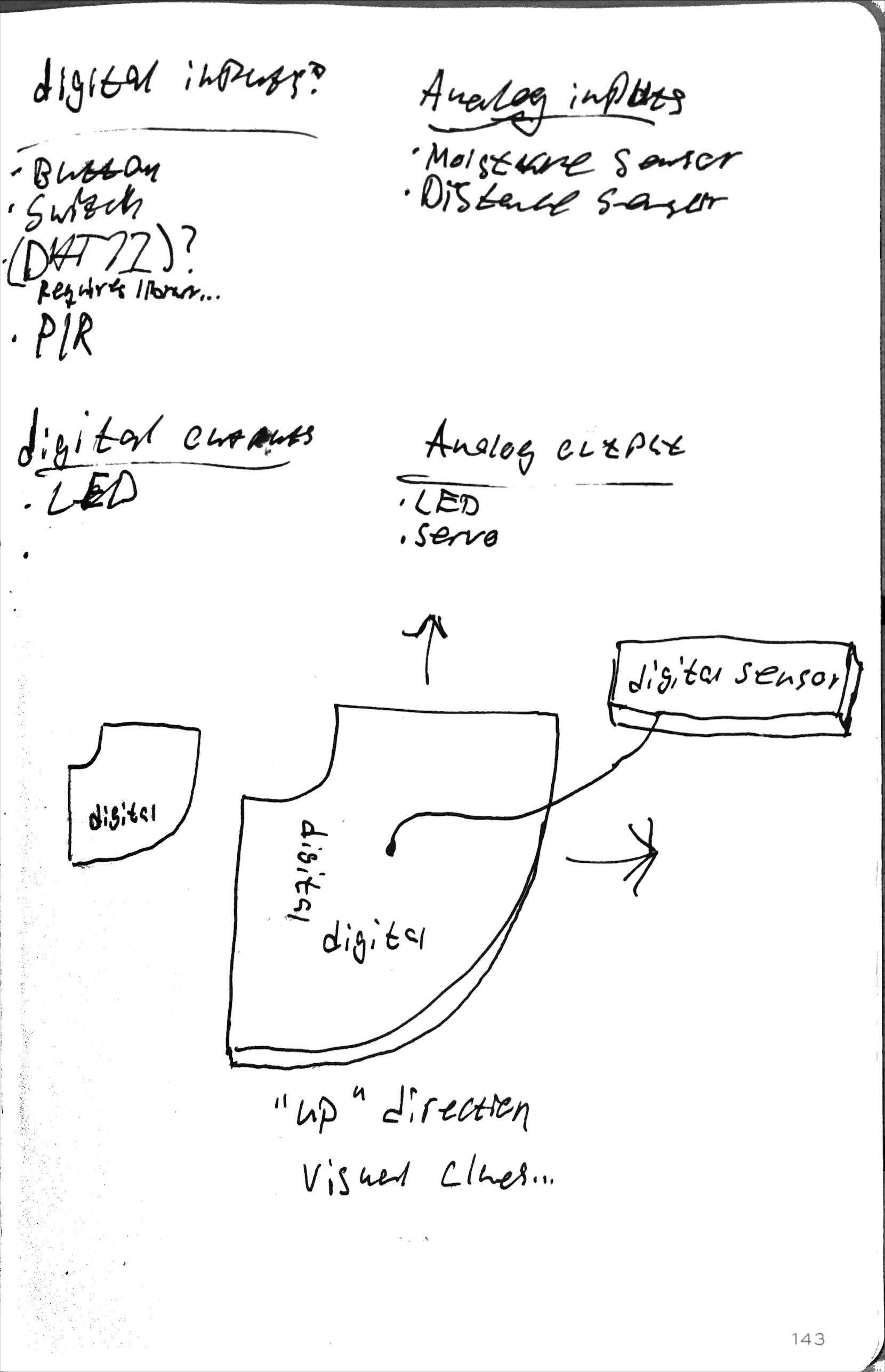Digital Literacy Through Design is my bachelors' thesis project, and it explored different ways digital artefacts can use physical form to let them teach users about themselves, and how they function, to encourage users to repair, modify, and create.
I made an observation about digital artefacts role in users learning about technology, how artefacts are becoming more and more autonomos. They can do more on their own without input from their users, and designers are taking advantage of this to error-proof the UX. However this also has the side effect that the distance between the user and the task they are using their artefact to accomplish, such as listening to music or taking a picture, is increased. The user doesn't need to understand what they are doing to accomplish their task, so often they wont. Even the user who wants to understand may find it difficult to get involved.
My project resulted in a set of three aspects a designer can leverage in their designs to mitigate this "black-box" problem without sacrificing the ease of use that comes from mininal UX-designs. These aspects were manifested in a series of prototypes to test, confirm my assumptions, and to communicate my ideas. If you are interested, you can read all about my project by clicking the button at the top of this page.
The Re-design of an existing artefact. The artefact teaches its user about IoT-concepts, by letting them attach modules and write a simple input-output program to display sensorvalues and control actuators from a Dashboard. This design leveraged all three of the aspects found in the project.
Prototype filtering the Narrative aspect, with modules controlling colour and behaviour of LED, placed in a hierarchy with a connection to the LEDs behavious.
Prototype filering the Visual Clues, with parts that fit together physically to accomplish an arbitrary task.



These are some of the sketches that were made in the early stages of my prototyping phases.